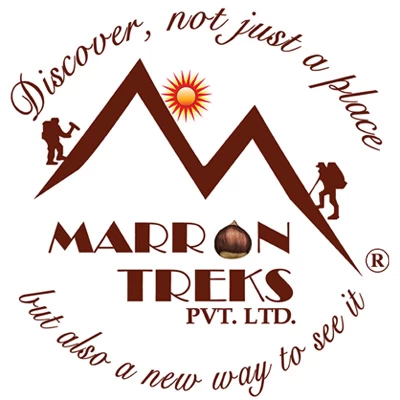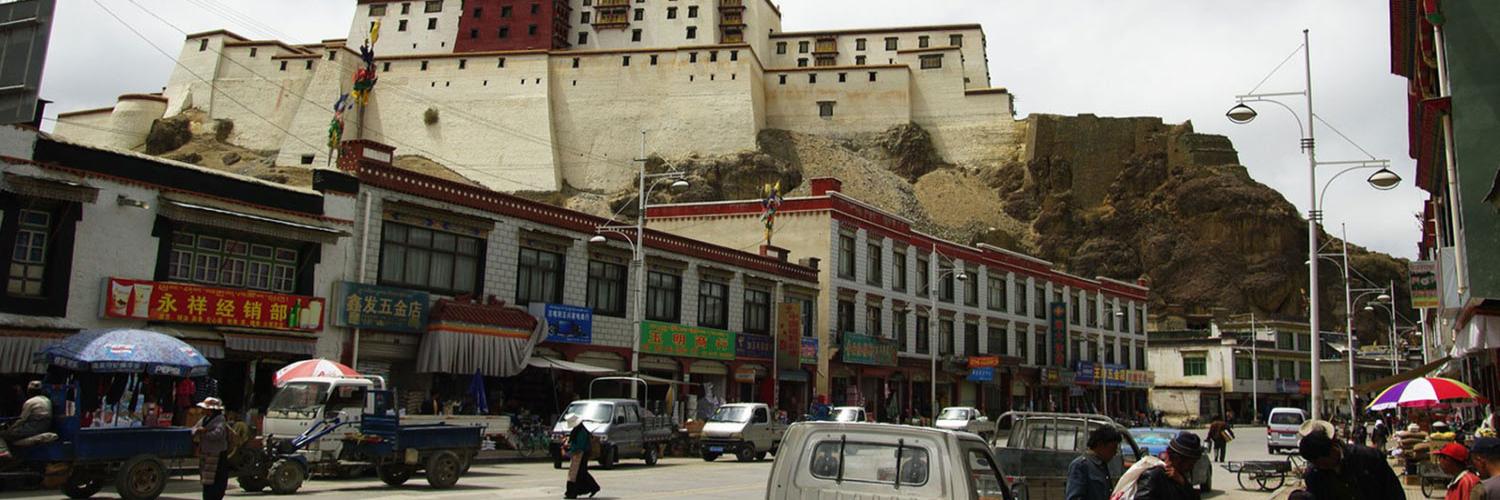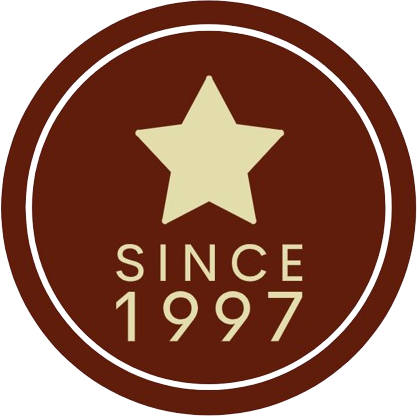1. What is the capital of Tibet?
Lhasa is the capital city of Tibet, located in the Himalayas.
2. What languages are spoken in Tibet?
The official languages are Standard Tibetan and Mandarin Chinese. Guides speak English and understood in tourist areas.
3. What is the highest mountain in Tibet?
Mount Everest, also known as Qomolangma, is the highest mountain in Tibet.
4. What is the traditional Tibetan attire called?
The traditional Tibetan attire is called chuba, a long robe.
5. What is the significance of prayer flags in Tibetan culture?
Prayer flags are believed to spread blessings and peace in Tibet.
6. Do I need a visa to visit Tibet?
Yes, you need a Chinese visa to enter China, and a Tibet Travel Permit to enter Tibet. The Tibet Travel Permit must be arranged through a travel agency.
7. What is the best time to visit Tibet?
The best time to visit Tibet is from April to October, when the weather is milder and more stable, making it ideal for sightseeing and trekking.
8. How can I get to Tibet?
You can reach Tibet by air via Lhasa Gonggar Airport, with flights from cities like Kathmandu, Beijing, Chengdu, and Xi'an. By overland drive you can get to Lhasa from Kathmandu. Alternatively, you can also travel by train on the Qinghai-Tibet Railway from cities such as Beijing, Shanghai, and Xining.
9. Is altitude sickness a concern in Tibet?
Yes, altitude sickness can be a concern due to Tibet's high elevation. It's important to acclimatize gradually, stay hydrated, avoid strenuous activity initially, and consider taking medication for altitude sickness.
10. What currency is used in Tibet?
The Chinese Yuan (CNY) is the official currency used in Tibet.
11. What kind of clothing should I pack for Tibet?
Pack layers to accommodate fluctuating temperatures, warm clothing for high-altitude areas, and modest attire for visiting religious sites. A good pair of walking shoes is good while sightseeing.
12. Can I travel independently in Tibet?
No, independent travel is not allowed. All foreign tourists must book their trip through a licensed travel agency, which will arrange necessary permits and a guide.
13. What are some must-see attractions in Tibet?
Key attractions include the Potala Palace and Jokhang Temple in Lhasa, Tashilhunpo Monastery in Shigatse, Gyantse Kumbum, and Namtso Lake. Mount Everest Base Camp (Tibet side) is also a popular destination.
14. Is Tibet safe for tourists?
Yes, Tibet is generally safe for tourists. However, it’s important to follow local laws and regulations, respect cultural norms, and travel with a licensed guide.
15. What type of food can I expect in Tibet?
Tibetan cuisine includes dishes like Tsampa (roasted barley flour), Momos (dumplings), and Yak Butter Tea. Tibetan food is hearty and often includes barley, meat, and dairy products.
16. Do I need special permits to visit all areas of Tibet?
Yes, certain areas in Tibet require additional permits beyond the Tibet Travel Permit, such as the Alien Travel Permit for places like Mount Everest Base Camp and the Military Permit for sensitive border areas.
17. Can I use credit cards in Tibet?
Credit cards are accepted in major hotels and some larger shops in Lhasa, but cash is necessary for most transactions, especially in rural areas. ATMs are available in larger towns.
18. What kind of accommodation is available in Tibet?
Accommodation ranges from luxury hotels in Lhasa to basic guesthouses in more remote areas.
19. Are there internet and mobile phone services in Tibet?
Internet and mobile phone services are available in major towns and cities, though the speed and reliability can vary. Remote areas may have limited connectivity.
20. What is the elevation of the Tibetan Plateau?
The Tibetan Plateau has an average elevation exceeding 4,500 meters, making it the highest and largest plateau in the world.


